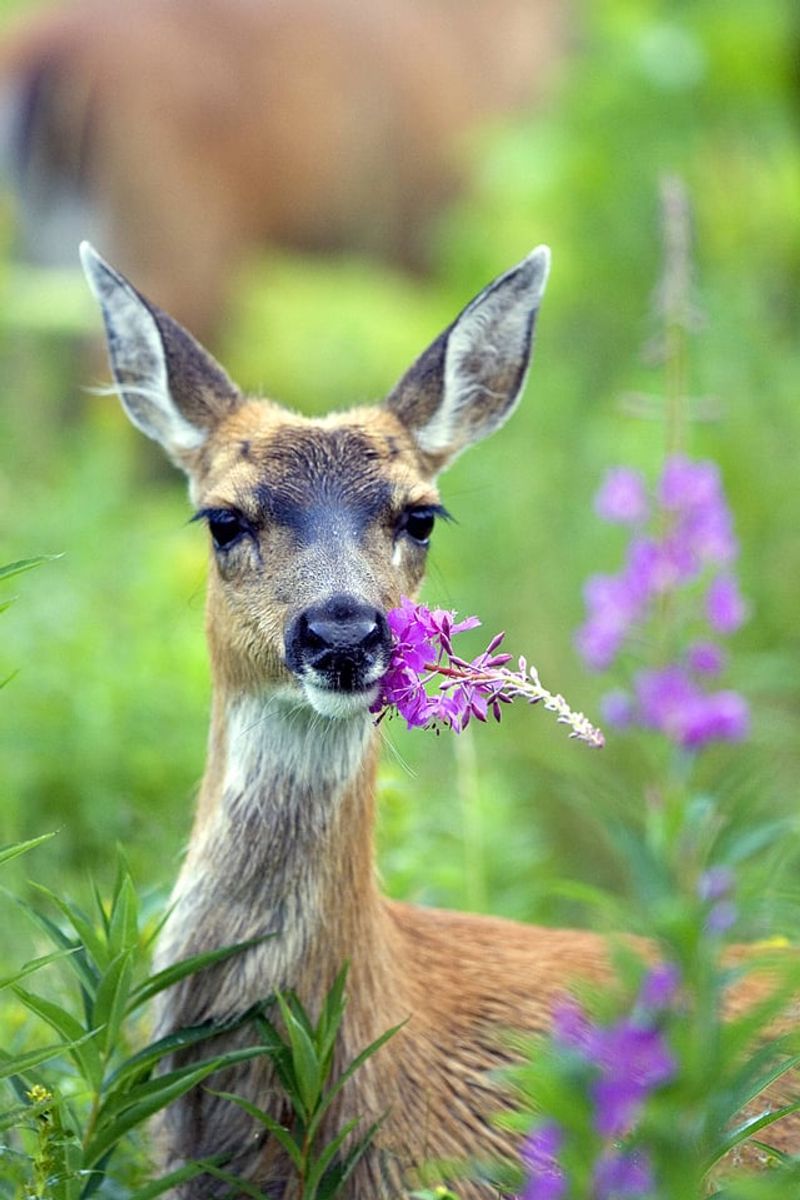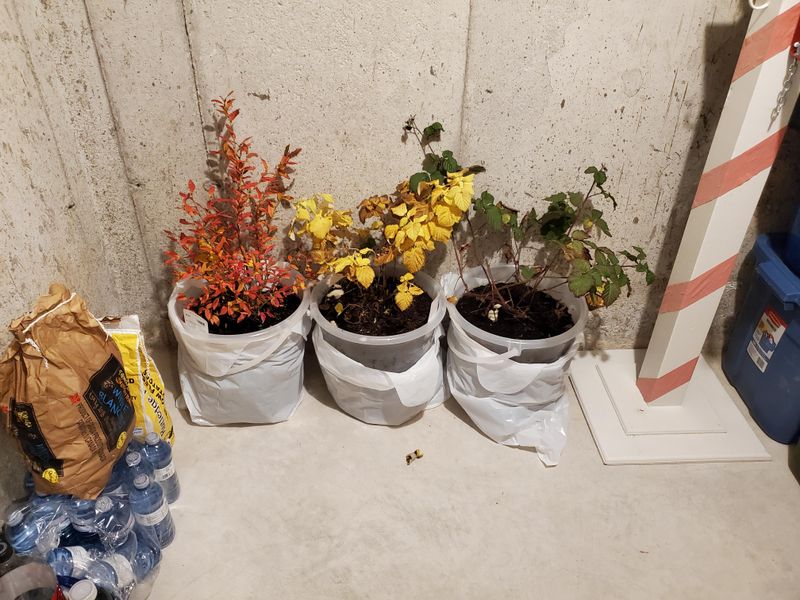Pennsylvania winters can be brutal on beautiful container plants that thrive during warmer months. Many gardeners watch their favorite flowers wilt and wither when cold weather arrives, thinking there’s nothing they can do.
However, smart Pennsylvania gardeners have discovered a simple temperature trick: bringing containers indoors at the right time can extend the life of flowers for weeks or even months longer than leaving them outside.
Protection From Frost Damage Saves Your Investment
Frost sneaks up on Pennsylvania gardens faster than most people expect. When temperatures drop below 32 degrees, ice crystals form inside plant cells and rupture them, causing permanent damage to leaves and flowers.
Moving your containers inside before the first frost hits prevents this heartbreaking loss. Your plants stay healthy and colorful instead of turning brown and mushy overnight.
Think of it like bringing your pet indoors during a snowstorm—you’re giving them shelter when they need it most.
Extended Blooming Season Means More Beauty
Who says flower season has to end in September? By relocating containers to bright indoor spots, you can enjoy blooms well into November or December.
Geraniums, begonias, and petunias especially love this treatment and will keep producing flowers when given adequate sunlight. Place them near south-facing windows where they’ll receive at least six hours of light daily.
Your home transforms into a colorful garden retreat even while snow falls outside your windows.
Temperature Control Prevents Shock And Stress
Plants experience shock when temperatures swing wildly between day and night. Pennsylvania autumn weather is notorious for sunny 70-degree afternoons followed by freezing nights that dip into the 30s.
Indoor environments maintain steady temperatures that keep plants comfortable and growing strong. Your flowers won’t waste energy trying to adapt to constant temperature changes.
Stable conditions mean healthier roots, stronger stems, and flowers that last significantly longer than their outdoor counterparts would.
Reduced Watering Needs Save Time And Effort
Outdoor containers dry out incredibly fast from wind and sun exposure, requiring daily watering during hot spells. Indoor plants experience much less evaporation, meaning you’ll water less frequently.
Most indoor containers need watering only once or twice weekly depending on the plant type and pot size. Check soil moisture with your finger before watering to avoid overwatering.
You’ll spend less time with the watering can and more time simply enjoying your beautiful blooms throughout your home.
Protection From Pests And Wildlife Damage
Deer, rabbits, and squirrels love munching on container plants left outdoors, especially as natural food sources become scarce in fall. Aphids, spider mites, and other insects also target stressed outdoor plants.
Bringing containers inside creates a protective barrier against these hungry visitors. Your flowers remain untouched and perfect instead of becoming someone’s dinner.
Just inspect plants carefully before bringing them in to avoid transporting any unwanted critters into your home along with your precious flowers.
Cost Savings By Reusing Plants Year After Year
Buying new flowers every spring gets expensive quickly, especially when quality container plants cost $15 to $30 each. Overwintering your favorites indoors means you can replant the same specimens next season.
Perennials like geraniums and coleus root easily from cuttings taken indoors, giving you multiple plants from one original. Some annuals can survive indoors and return outdoors when warm weather arrives.
Pennsylvania gardeners who master this technique save hundreds of dollars annually while keeping their beloved plant varieties alive.







